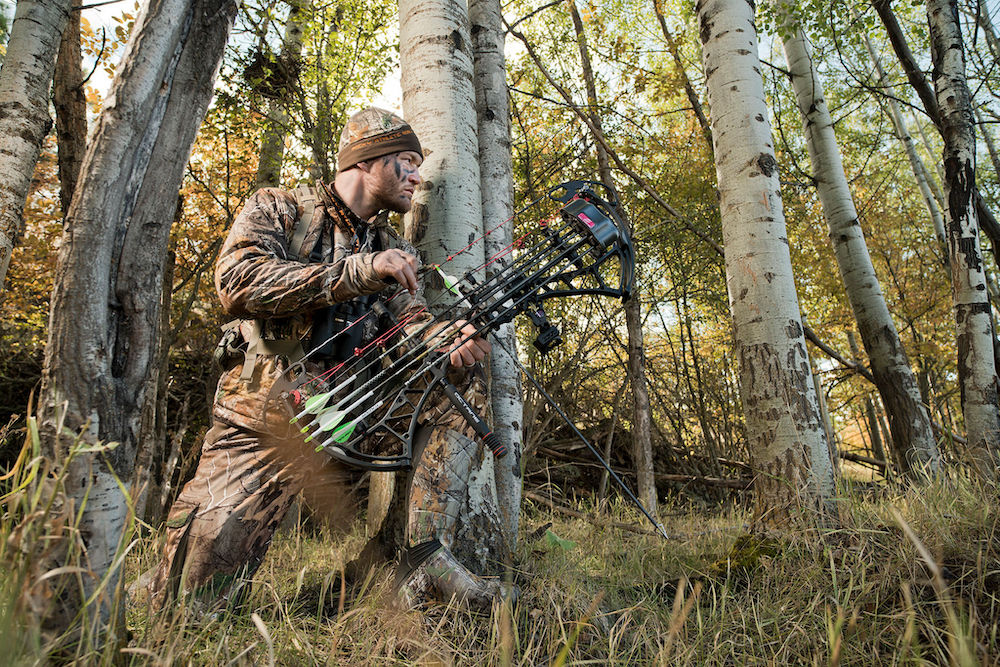Whitetail deer are tethered to their stomachs, and if you want to make the most of your time in the woods, identifying food sources preferred by deer is critical. Food sources change by the season, and they vary a bit by region. Here’s a look at some seasonal favorites that deer hunters should know.
